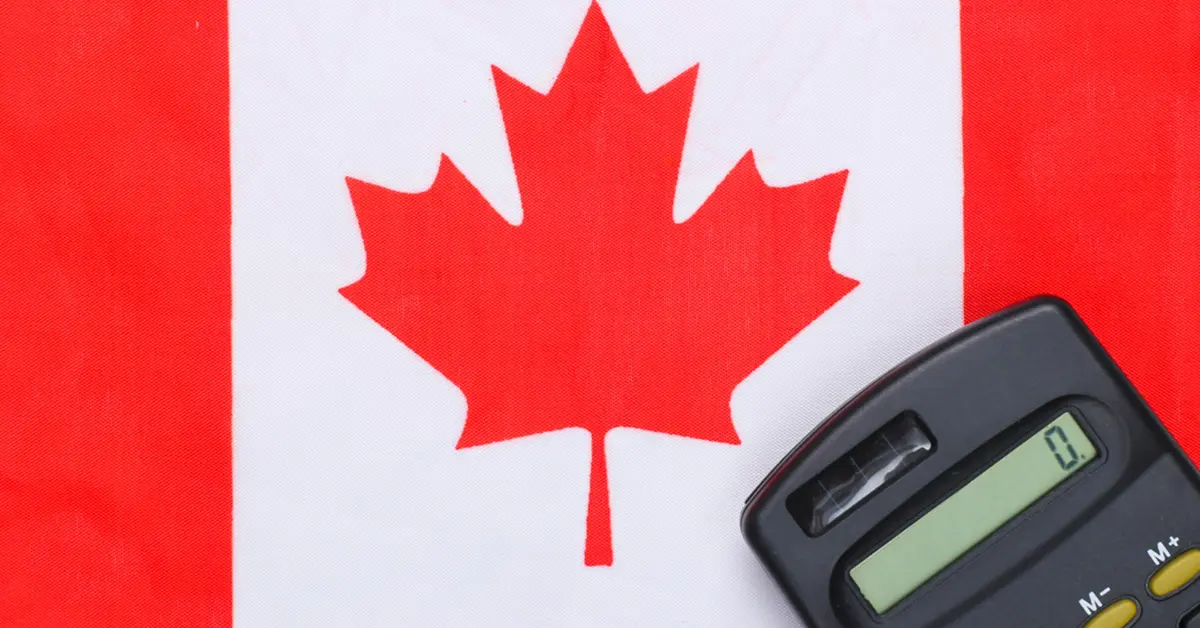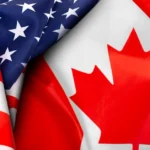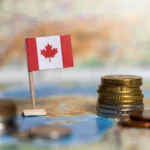What Homeowners and Investors Should Expect in Canada?

The global economic landscape is facing increasing uncertainty, with former Bank of Canada Governor Mark Carney raising alarms about signs of a slowdown. A key contributor to this instability is the ongoing trade tension—particularly the destabilizing effects of U.S. tariffs. For Canada, a country heavily reliant on international trade and a robust housing market, these developments carry weighty implications. Lets explore what Homeowners and Investors Should Expect in Canada?
Table of Contents
- Carney’s Concerns and the Global Context
- Tariff-Induced Uncertainty
- Indicators of a Global Slowdown
- Canada’s Economic Vulnerabilities
- Dependence on International Trade
- Labour Market Impacts
- Canada–U.S. Trade Relationship
- Strengthening Canada’s Economic Foundations
- Diversifying Trade
- Domestic Investment and Mitigation
- Real Estate and the Housing Market
- Conclusion
Carney’s Concerns and the Global Context
Tariff-Induced Uncertainty
Carney emphasizes how sudden tariff policy changes have discouraged investment and disrupted supply chains—two critical components of economic growth. These disruptions also affect investment and risk the borrowers must manage, especially in sectors tied closely to trade, like the investment property mortgage market.
For homeowners and investors, this uncertainty complicates decisions such as whether to refinance a home loan or enter into investment property loans, since mortgage refinance interest rates may fluctuate due to global instability.
Indicators of a Global Slowdown
Tightening financial conditions and a slowdown in global demand signal that protectionism is taking its toll. The ripple effects of this economic deceleration are visible in both trade and financial markets. For Canadians looking into slow risk investments such as real estate, the timing of decisions related to refinance mortgage rates, mortgage renewal, or renewing a mortgage early becomes even more critical.
Canada’s Economic Vulnerabilities
Dependence on International Trade
Canada’s economy, especially sectors like automotive manufacturing, is closely tied to trade with the U.S. This interdependence means that Canadian industries—and households—are exposed to shocks caused by tariffs. The resulting economic drag often leads to higher investment risk, reduced hiring, and a reluctance to renew mortgage loans or invest in investment property lenders.
Labour Market Impacts
The ongoing slowdown and uncertainty have a chilling effect on the Canadian labour market. Businesses are reluctant to hire or expand without knowing where the economy is heading, which in turn impacts the ability of individuals to qualify for a home loan mortgage or benefit from favorable refinance home loan rates.
Canada–U.S. Trade Relationship
Although the Canada–U.S.–Mexico Agreement (CUSMA) provides structure, it hasn’t entirely removed the threat of new disputes. This unpredictability leaves Canadian businesses and mortgage brokers alike in limbo, trying to assess credit score, credit report health, and current mortgage rates amid a rapidly changing environment.
Strengthening Canada’s Economic Foundations
Diversifying Trade
Canadian leaders are focused on expanding trade relationships beyond the U.S., particularly with Asia and emerging economies. This diversification may also help Canadians who are seeking better home refinance interest rates, as stability in trade relationships helps calm market volatility and makes refinance estimate tools more predictable.
Domestic Investment and Mitigation
To strengthen economic resilience, Canada must invest in infrastructure, innovation, and skills training. These initiatives reduce reliance on international markets while offering Canadians more control over their financial well-being, whether they’re planning a mortgage loan refinance, exploring a reverse mortgage, or considering home equity financing.
Additionally, diversification into investment mortgage lenders and mortgage line of credit rates provides consumers more flexibility when managing equity credit or tapping into a home equity line for emergencies.
Real Estate and the Housing Market
Given the importance of real estate in Canada’s economy, both homeowners and investors must stay vigilant. Whether it’s choosing between fixed rate mortgage options or refinancing a house loan, or simply calculating mortgage refinance value, understanding how macroeconomic factors influence mortgage and refinance decisions is essential.
Tools like calculating a mortgage loan, monitoring rates for home loans, and evaluating home loan mortgage rates become increasingly valuable in these volatile times.
Conclusion
In conclusion, Mark Carney’s warnings underscore the fragility of the global economic environment and the deep impact it can have on a trade-reliant country like Canada. As uncertainties surrounding tariffs, trade policies, and economic slowdown continue to unfold, Canadians must adopt a proactive approach to safeguard their financial stability. Diversifying trade relationships, strengthening domestic resilience, and supporting strategic financial decisions—such as choosing the right time to refinance home mortgage loans, evaluating mortgage renewal rates, or leveraging home equity credit—are vital steps forward. By staying informed about mortgage refinance interest rates, market trends, and credit conditions, Canadians can better navigate challenges and make smart, future-ready choices in both the housing and investment landscape.












